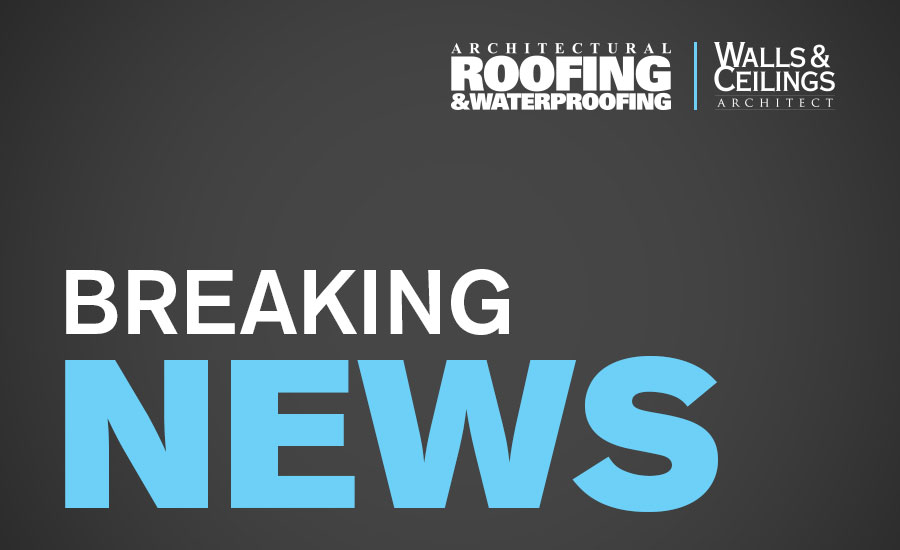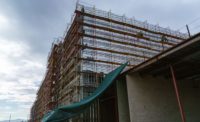The Vinyl Roofing Division of the Chemical Fabrics and Film Association (CFFA) has completed an Environmental Product Declaration (EPD) detailing the vinyl roofing industry’s environmental footprint based on a Life Cycle Assessment (LCA). This has been verified by ASTM International in conformance with ISO 14025, Environmental Labels and Declarations.
EPDs disclose quantifiable environmental data on products that fulfill the same function. The vinyl roofing EPD was based on a cradle-to-building with end-of-life stage scenario, covering areas over which the roofing industry has direct control. Impacts during the building use stage, such as maintenance, repair, replacement and building operating energy, were not considered, as they would be particular only to specific buildings and owners and outside the scope of influence of the manufacturers.
Development of the EPD was the third phase of an ongoing effort by the Vinyl Roofing Division to achieve transparency with respect to the environmental performance of its products. In 2013 the membership collaborated with ASTM and the Single Ply Roofing Industry (SPRI) to publish product category rules (PCR) for single ply roofing membranes made of any thermoplastic or thermoset material. The PCR creates a level playing field for generating comparable EPDs.
CFFA’s Vinyl Roofing Division was the first material-specific organization to follow up with an EPD. Prior to that, in 2012, the Division completed its multi-stakeholder collaboration in the development of NSF/ANSI 347: the Sustainability Assessment for Single Ply Roofing Membranes.
“Today’s emphasis on green measurement systems and labels has led to a proliferation of unsubstantiated product marketing claims,” said Stanley Graveline. Graveline sits on the technical committee of the Vinyl Roofing Division, and is also a member of ASTM International’s Committees D08 on Roofing and Waterproofing and E60 on Sustainability. “The availability of verified EPDs helps architects, roofing consultants, contractors and owners accurately assess a product’s impact on the environment,” he said.
Interest in creating EPDs has grown dramatically. The latest version of the U.S. Green Building Council’s LEED program awards new Building Product Disclosure and Optimization credits for construction projects incorporating at least 20 building products that have published EPDs. The Green Building Initiative’s Green Globes program provides a prescriptive path that includes referring to industry-wide or product-specific EPDs in order to select products.
The vinyl roofing EPD covers 40-, 48- and 60-mil finished thicknesses of white, single-ply reinforced roofing membranes produced by member manufacturers Canadian General-Tower Limited (Cambridge, Ont.); Duro-Last Roofing (Saginaw, Mich.); FiberTite Roofing Systems, (Bristol, Tenn.); Flex Membrane International Corp., (Leesport, Penn.); and Sika Sarnafil, (Canton, Mass.).



